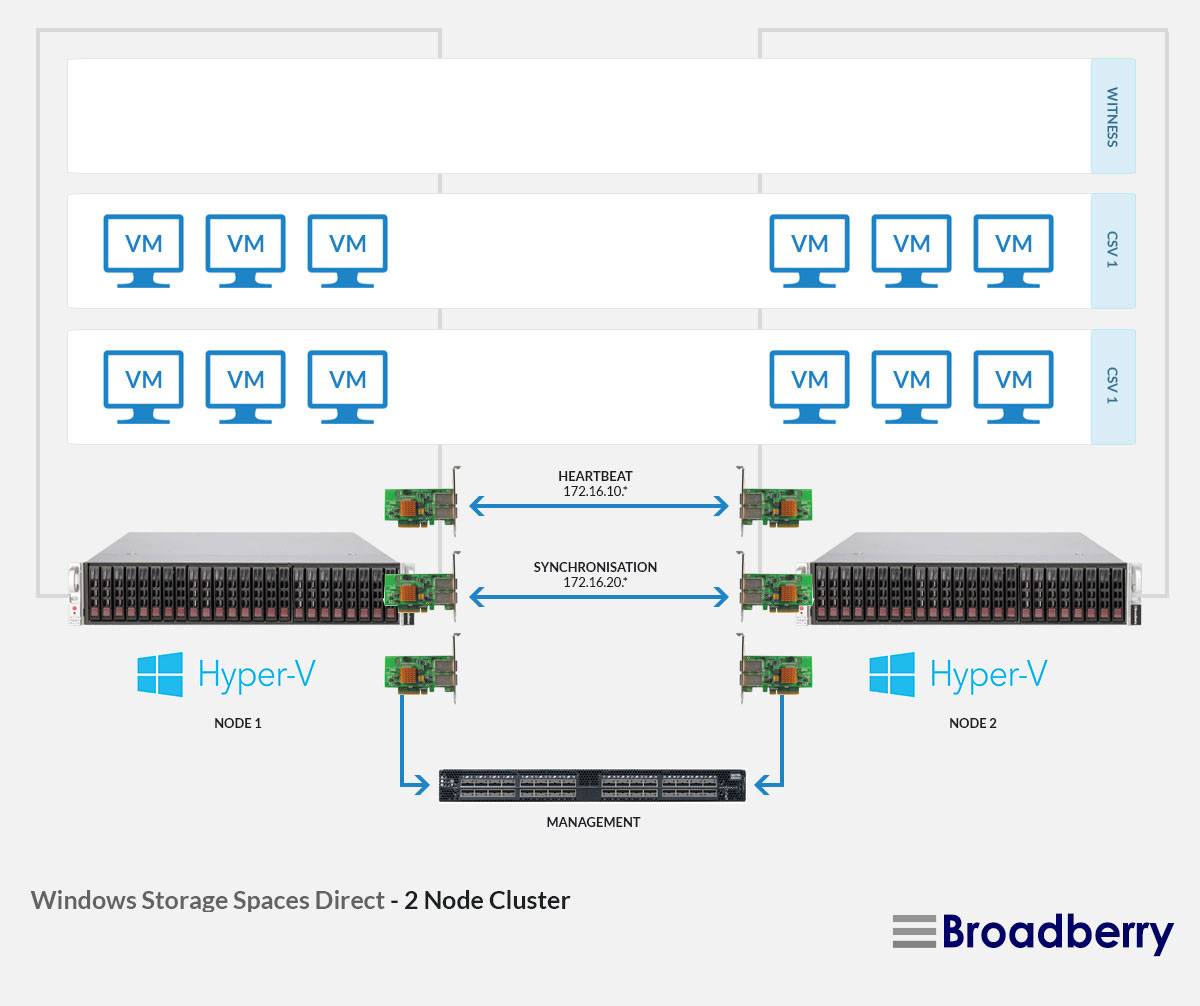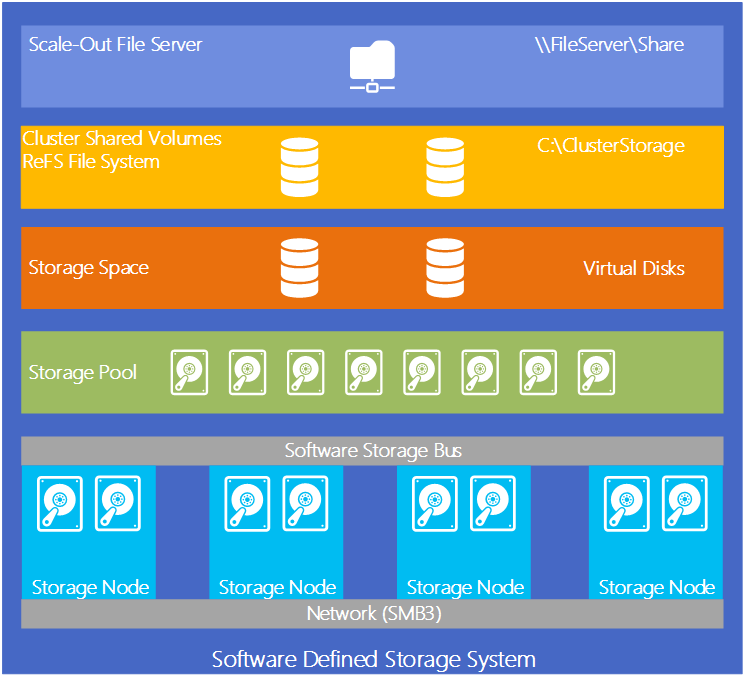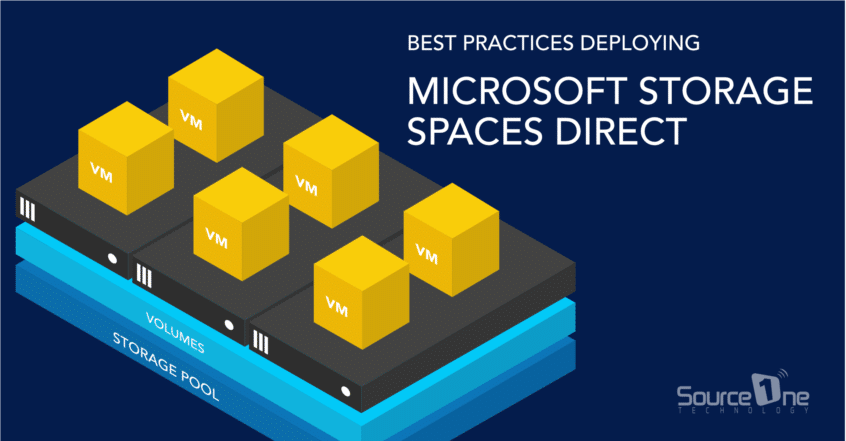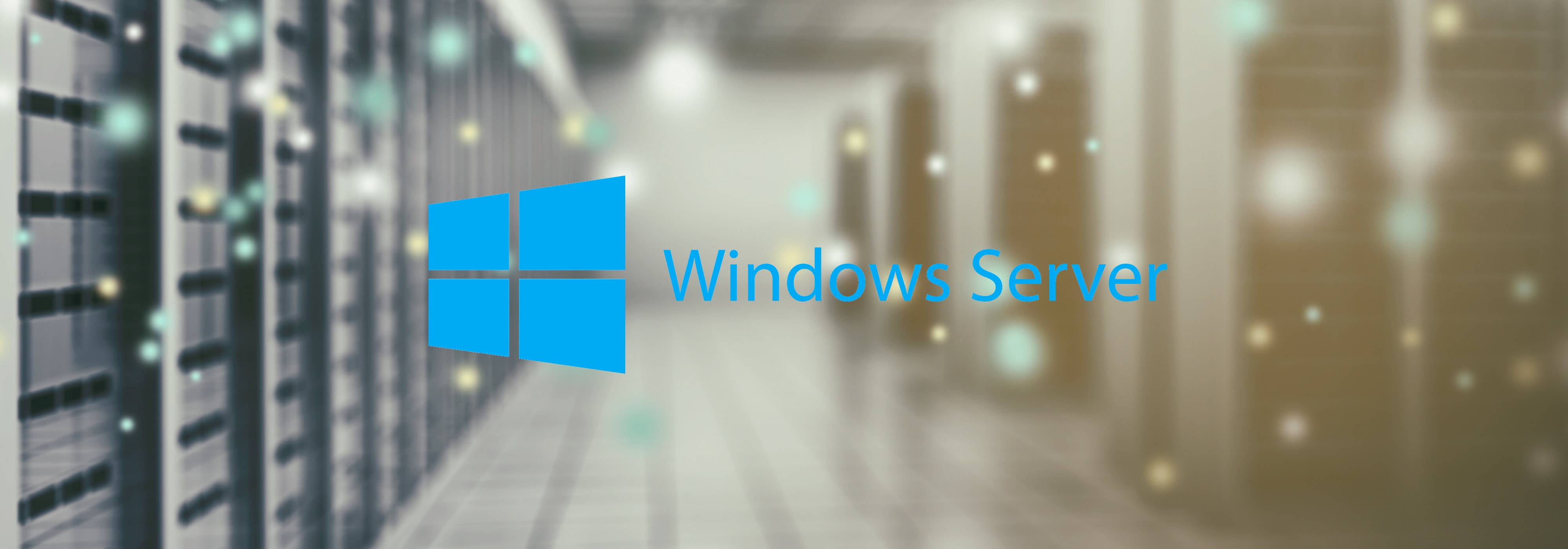Enhancing Performance And Scalability With Windows Server 2022 Storage Spaces Direct And SSD Caching
Enhancing Efficiency and Scalability with Home windows Server 2022 Storage Areas Direct and SSD Caching
Associated Articles: Enhancing Efficiency and Scalability with Home windows Server 2022 Storage Areas Direct and SSD Caching
Introduction
With enthusiasm, let’s navigate via the intriguing subject associated to Enhancing Efficiency and Scalability with Home windows Server 2022 Storage Areas Direct and SSD Caching. Let’s weave fascinating info and provide contemporary views to the readers.
Desk of Content material
Enhancing Efficiency and Scalability with Home windows Server 2022 Storage Areas Direct and SSD Caching

Introduction
Within the realm of recent knowledge facilities, efficiency and scalability are paramount. Organizations attempt to handle ever-increasing knowledge volumes whereas making certain swift entry and responsiveness. Home windows Server 2022 introduces Storage Areas Direct (S2D), a strong expertise that allows the creation of extremely performant, resilient, and scalable storage options. A key facet of S2D is the flexibility to leverage solid-state drives (SSDs) as a cache layer, considerably boosting general efficiency and responsiveness. This text delves into the intricacies of S2D with SSD caching, exploring its functionalities, advantages, and greatest practices.
Understanding Storage Areas Direct
Storage Areas Direct is a software-defined storage resolution that allows the creation of shared storage swimming pools utilizing domestically connected storage units, akin to onerous disk drives (HDDs) and SSDs, throughout a number of servers. This eliminates the necessity for a separate storage space community (SAN) or network-attached storage (NAS) gadget, simplifying infrastructure administration and decreasing prices.
The Position of SSD Caching in S2D
SSD caching in S2D leverages the excessive learn/write speeds of SSDs to speed up ceaselessly accessed knowledge. It operates by making a tier of quick storage, also known as a "write-back cache," the place ceaselessly accessed knowledge is saved. When a request for knowledge arrives, S2D first checks the SSD cache. If the information is current, it’s retrieved rapidly, leading to considerably sooner entry occasions. If the information just isn’t discovered within the cache, S2D retrieves it from the slower HDD tier and concurrently writes it to the SSD cache for future entry.
Advantages of SSD Caching with S2D
-
Enhanced IOPS Efficiency: SSDs present considerably greater Enter/Output Operations Per Second (IOPS) in comparison with HDDs, resulting in a dramatic enchancment in storage efficiency, particularly for functions demanding frequent learn/write operations.
-
Decreased Latency: By caching ceaselessly accessed knowledge on quick SSDs, S2D minimizes latency, enhancing software responsiveness and person expertise.
-
Improved Throughput: SSD caching can considerably increase knowledge throughput, permitting for sooner knowledge transfers and processing.
-
Price Optimization: SSD caching permits organizations to leverage a smaller variety of costly SSDs for caching, whereas utilizing a bigger variety of cost-effective HDDs for bulk storage.
-
Simplified Administration: S2D with SSD caching affords a centralized administration interface, simplifying storage configuration and upkeep.
Configuring SSD Caching in S2D
Configuring SSD caching in S2D is simple and may be achieved via the Server Supervisor interface or PowerShell. The method entails defining a storage pool, including each HDDs and SSDs, and specifying the SSDs as a cache tier.
Elements to Take into account for SSD Caching in S2D
-
Cache Dimension: The dimensions of the SSD cache considerably impacts efficiency. Bigger caches can accommodate extra ceaselessly accessed knowledge, resulting in sooner response occasions. Nonetheless, it additionally will increase the price of the answer.
-
Cache Tiering: S2D helps totally different caching methods, akin to write-back and read-only caching. The suitable technique is dependent upon the precise workload and efficiency necessities.
-
SSD Efficiency: The efficiency of the SSDs used for caching instantly impacts the general efficiency of the storage resolution. It’s essential to pick high-performance SSDs for optimum outcomes.
-
Workload Traits: The kind of workload and the frequency of knowledge entry closely affect the effectiveness of SSD caching. Workloads with frequent random entry profit probably the most from SSD caching.
Finest Practices for SSD Caching in S2D
-
Correct Sizing: Decide the optimum cache measurement primarily based on the workload traits and efficiency necessities.
-
SSD Choice: Select high-performance SSDs with ample capability and endurance for the anticipated workload.
-
Monitoring and Tuning: Usually monitor the efficiency of the SSD cache and regulate the configuration as wanted to make sure optimum efficiency.
-
Information Placement: Take into account the position of ceaselessly accessed knowledge on the SSD cache to maximise efficiency features.
FAQs
Q: What are the various kinds of SSD caching supported by S2D?
A: S2D helps two most important sorts of SSD caching: write-back and read-only caching. Write-back caching writes knowledge to the SSD cache after which asynchronously writes it to the HDD tier, providing higher efficiency for frequent write operations. Learn-only caching solely caches knowledge for learn operations, offering optimum efficiency for read-intensive workloads.
Q: How can I decide the optimum SSD cache measurement for my atmosphere?
A: The optimum cache measurement is dependent upon the precise workload traits, together with the frequency of knowledge entry, the scale of the information units, and the efficiency necessities. It is suggested to begin with a smaller cache and steadily enhance it primarily based on efficiency monitoring and evaluation.
Q: What are the efficiency implications of utilizing SSDs for caching?
A: SSDs present considerably greater IOPS and decrease latency in comparison with HDDs, leading to a dramatic enchancment in storage efficiency. SSD caching can considerably scale back latency and enhance throughput, particularly for functions demanding frequent learn/write operations.
Q: Can I combine various kinds of SSDs for caching?
A: Whereas S2D permits mixing totally different SSDs, it’s usually really helpful to make use of SSDs with related efficiency traits for optimum outcomes. Mixing SSDs with totally different efficiency ranges can result in efficiency inconsistencies and unpredictable habits.
Q: How do I monitor the efficiency of the SSD cache?
A: S2D offers instruments for monitoring the efficiency of the SSD cache, together with efficiency counters and logs. These instruments can be utilized to trace the cache hit charge, latency, and throughput, permitting you to establish potential bottlenecks and regulate the configuration as wanted.
Ideas for Efficient SSD Caching
-
Prioritize Information Placement: Establish ceaselessly accessed knowledge and guarantee it’s positioned on the SSD cache.
-
Optimize Cache Configuration: Usually monitor the cache hit charge and regulate the cache measurement and different settings as wanted.
-
Use Excessive-Efficiency SSDs: Choose SSDs with excessive IOPS and low latency for optimum efficiency.
-
Take into account Information Deduplication: Implement knowledge deduplication to cut back the quantity of knowledge saved on the HDD tier, additional enhancing efficiency.
Conclusion
Home windows Server 2022 Storage Areas Direct with SSD caching affords a strong and cost-effective resolution for enhancing storage efficiency and scalability. By leveraging the excessive pace of SSDs for caching ceaselessly accessed knowledge, S2D considerably reduces latency, improves throughput, and optimizes software responsiveness. Organizations can leverage SSD caching to satisfy the calls for of recent data-intensive workloads, making certain excessive efficiency and environment friendly storage administration. By fastidiously contemplating the elements concerned, implementing greatest practices, and monitoring efficiency, organizations can maximize the advantages of SSD caching in S2D, reaching optimum storage efficiency and scalability for his or her crucial functions.








Closure
Thus, we hope this text has supplied invaluable insights into Enhancing Efficiency and Scalability with Home windows Server 2022 Storage Areas Direct and SSD Caching. We thanks for taking the time to learn this text. See you in our subsequent article!